It’s been a while. A lot has distracted me from Substack, like the program I’m working on creaking along and also maybe becoming a political football and a wider crisis with my big boss. One day (probably not soon) I’ll have something to say about all this. My old manager used to say something can be cheap, fast, or good, but never all three at once. Make of that what you will. But enough moaning. This is Street Cleaning, the regular feature of bits and pieces when I don’t have a deep dive into something cooked up.
Today I want to talk about actual street cleaning. A friend recently asked if alternate side parking was a “thing” in NYC. Alt-side parking is very much a “thing” in NYC. Every week I see car owners do the alt-side-shuffle, where they get in their cars and wait for the street sweeper to appear and then scurry to the other side of the road to allow the sweeper to clean before scurrying back to their precious parking spaces. This ridiculous dance was immortalized in John Wilson’s HBO series How To. For most of history street cleaning, if it was done at all, was done manually. New York City first deployed street sweepers (or automatic brooms in agency parlance) in the 1950s, and parked cars became an immediate obstacle. A team of cleaners may be able to maneuver brooms around stationary vehicles but the new automatic brooms could not. Alternate side parking was the compromise, and the practice spread to other American cities, where it has bedeviled drivers and sanitation departments ever since. This ASPCA Sarah MchLachlin-style Tik-Tok from the Sanitation Dept is just the latest effort to get drivers to follow the law. Maybe if people still can’t follow a 75-year-old law it’s time to consider an alternative? So here is a not-very-serious survey of how three cities clean streets.
Tokyo
Everyone that I follow on Instagram who goes to Japan inevitably posts a photo of these workers in parks and gardens who sweep dirt and dead leaves by hand from trees and fields.
The American mind simply cannot comprehend this level of effort spent on public cleanliness. There is a charming movie called Perfect Days about a guy who cleans Tokyo’s public toilets. The toilets are stunning. If the Japanese are willing to engage in the Sisyphean task of cleaning the leaves out of a forest, what about streets?
Disappointingly for this list, Tokyo largely skirts the conflict of cars vs cleaning by eliminating cars entirely. You can’t legally own a car in almost all of the city without proof that you can park it in a garage, off the street. The right to free street parking isn’t even a concept they have. The parked-car-free streets are cleaned by a mix of city workers, contractors, and volunteers. The roads are cleaned in 4-truck squads - a crew truck, water sprayer, sweeper, and dump truck. The trucks are led by these guys on foot who have been issued witches’ brooms for some reason.
Will America ban cars from parking on the street? Will cleaning public spaces become something of a national pastime? Probably not!
Paris
Paris is the city I’ve heard most planners drool over when it comes to cleanliness. Probably because they’ve all been there. They use cute little vehicles and an army of “les hommes vert” to manually clean tricky spots. Of course, the uniforms are cool.
But the most amazing thing is the water system that flushes streets like a toilet. Paris has two systems of pipes — one for untreated water like runoff and overflow from the Seine and another for potable water. Street cleaners can tap into the untreated water system at little spigots, and direct the flow of water along the curb. The stream flushes the curb line and flows into a drain where the water is then treated and released into the Seine. All this means that the curbs can be cleaned with water even when cars are in the way.
Hong Kong
Hong Kong keeps it old school by simply paying an army of people to clean by hand. There are automatic brooms, but the city’s notorious traffic and narrow streets mean a force of over two thousand people is deployed to manually sweep sidewalks and roads. In the busiest parts of the city, a sidewalk can be swept as many as six times a day. This is obviously not glamorous work, but the theme of these clean cities so far is that they invest a lot more in cleaners-on-foot than we do in the States.
Calgary
The oil capital of Canada is consistently ranked one of the cleanest cities in the world. The city is much more suburban than others on this list so there are plenty of garages and fewer on-street cars to get in the way. However, Calgary does one very smart thing which is to condense a lot of its work into a giant “Spring Cleaning.” Starting in April zones of the city are closed to parking in waves. The city won’t just ticket you but straight up tow your car if you get in the way of the annual operation. Messing with the regularity of cleaning is an interesting solution. In New York, street cleaning is done on different days at different times depending on the block, and it’s up to the driver to know. In Belgium, you can park on one side of the street from the 1st to the 15th of each month and on the other from the 15th on. Calgary has made the whole process predictable, and therefore easier to follow. They also, for some reason, dress up the street sweepers as giant animals for parades.
Enough about that, here are 3 things I read recently that tickled my interest.
Eraser Head, Blue Velvet…New York City Rats?: Sticking with sanitation for one Moment: RIP David Lynch, who directed one of the best municipal PSAs of all time for the NYC Dept of Sanitation. Hell Gate sat down with Lynch’s longtime cinematographer to discuss how the surreal commercial came about and if the City actually had any idea what it was getting.
Rich People.. Bad: Last month I wrote a long piece on how planners and architects were starting to think about rebuilding LA. What I didn’t note is that none of it will matter because wealthy residents will probably use their power and influence to rebuild the way they want… and maybe even secede from LA.
Why Don’t Americans Move Anymore? I was sent this thought-provoking piece from the Atlantic on why Americans don’t move anymore and why that’s bad. Basically, it’s Jane Jacobs's fault. I don’t agree with everything in here, but more evidence that Jacobs’s legacy is withering as housing development is at a standstill in much of the country.





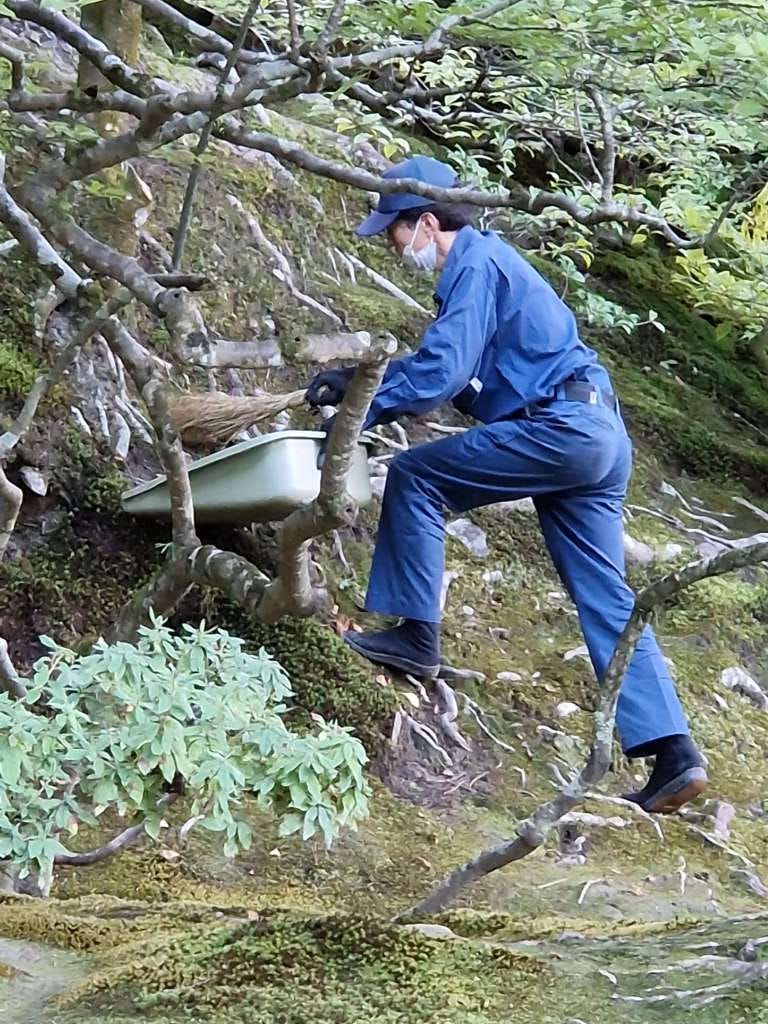
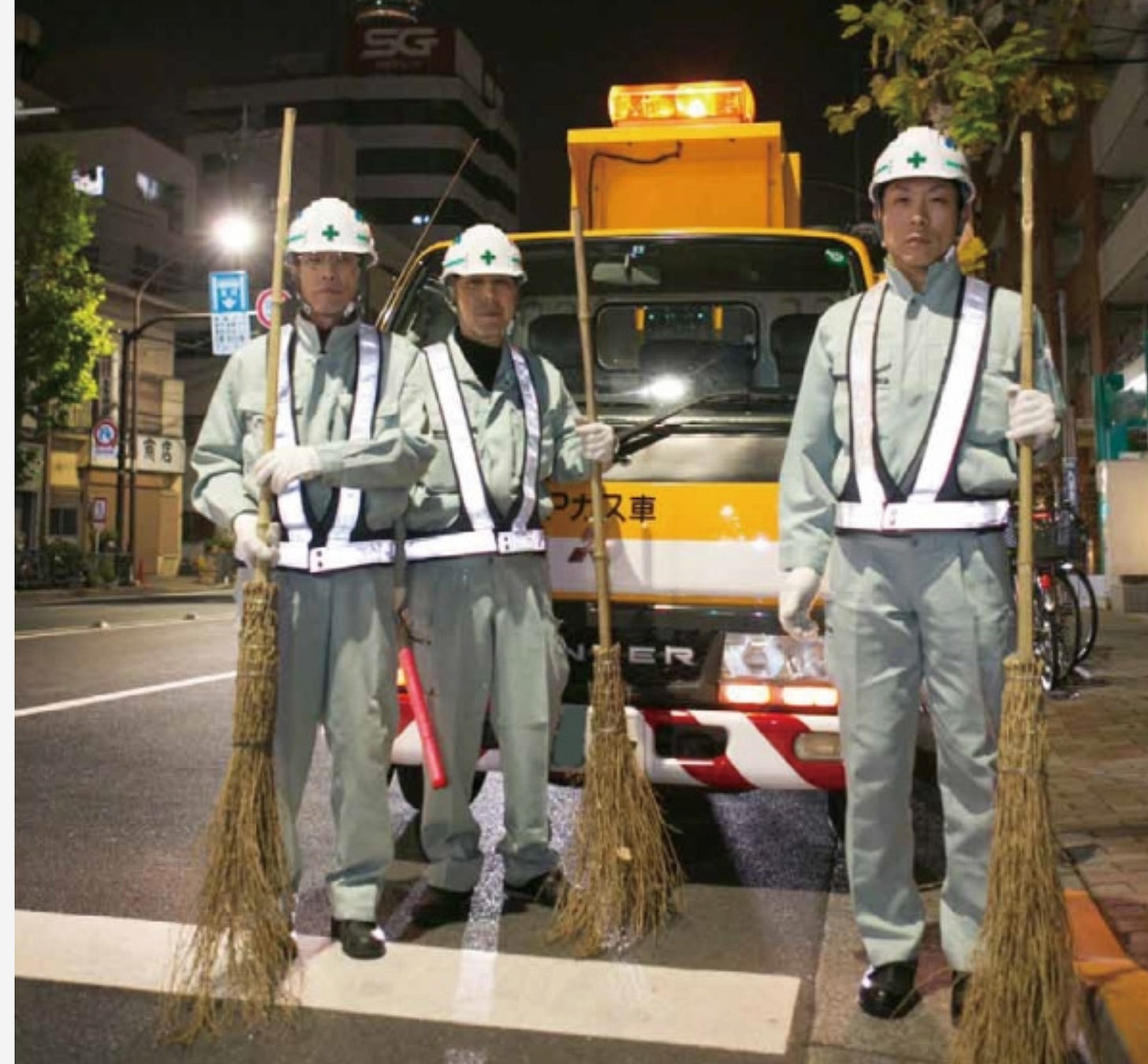

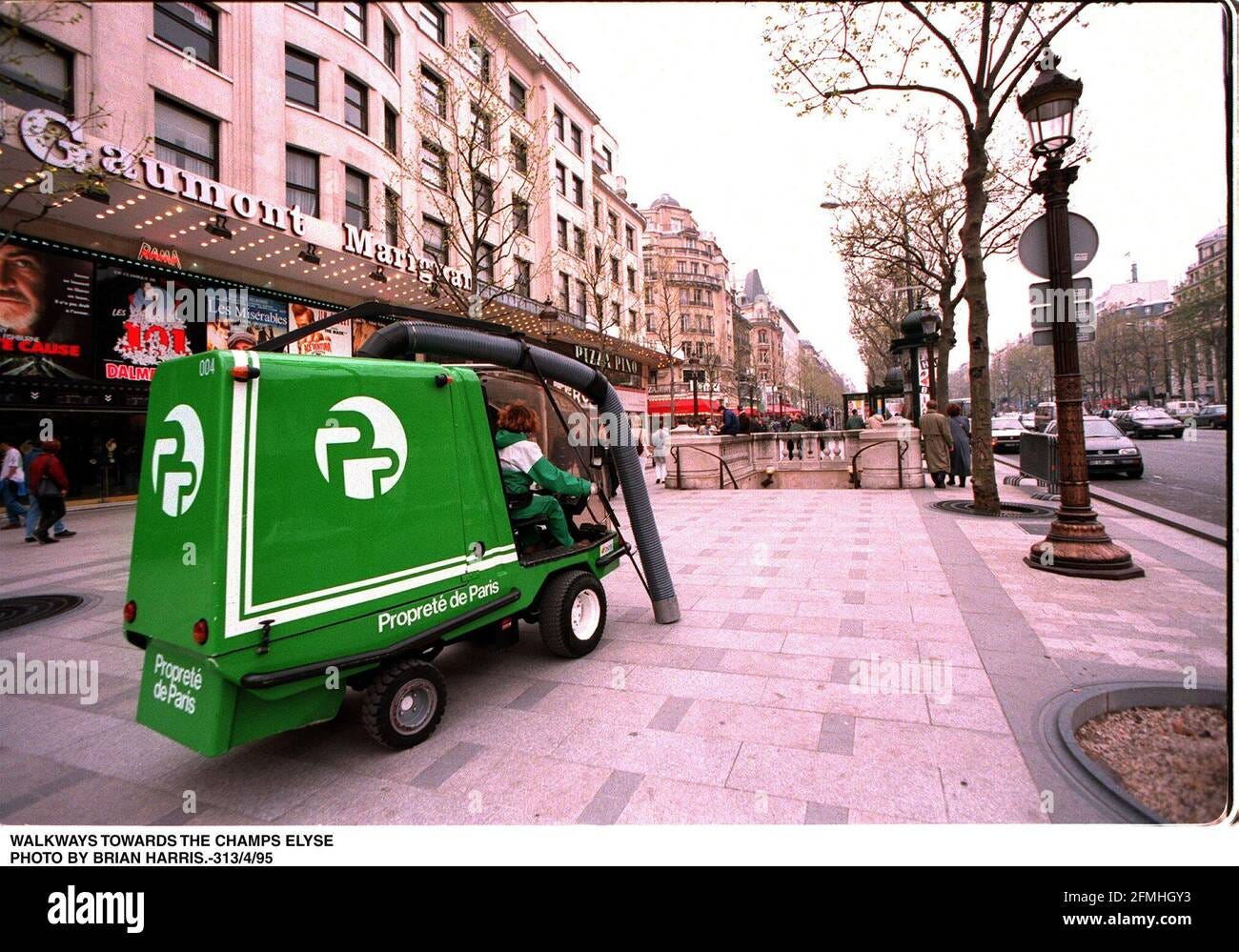

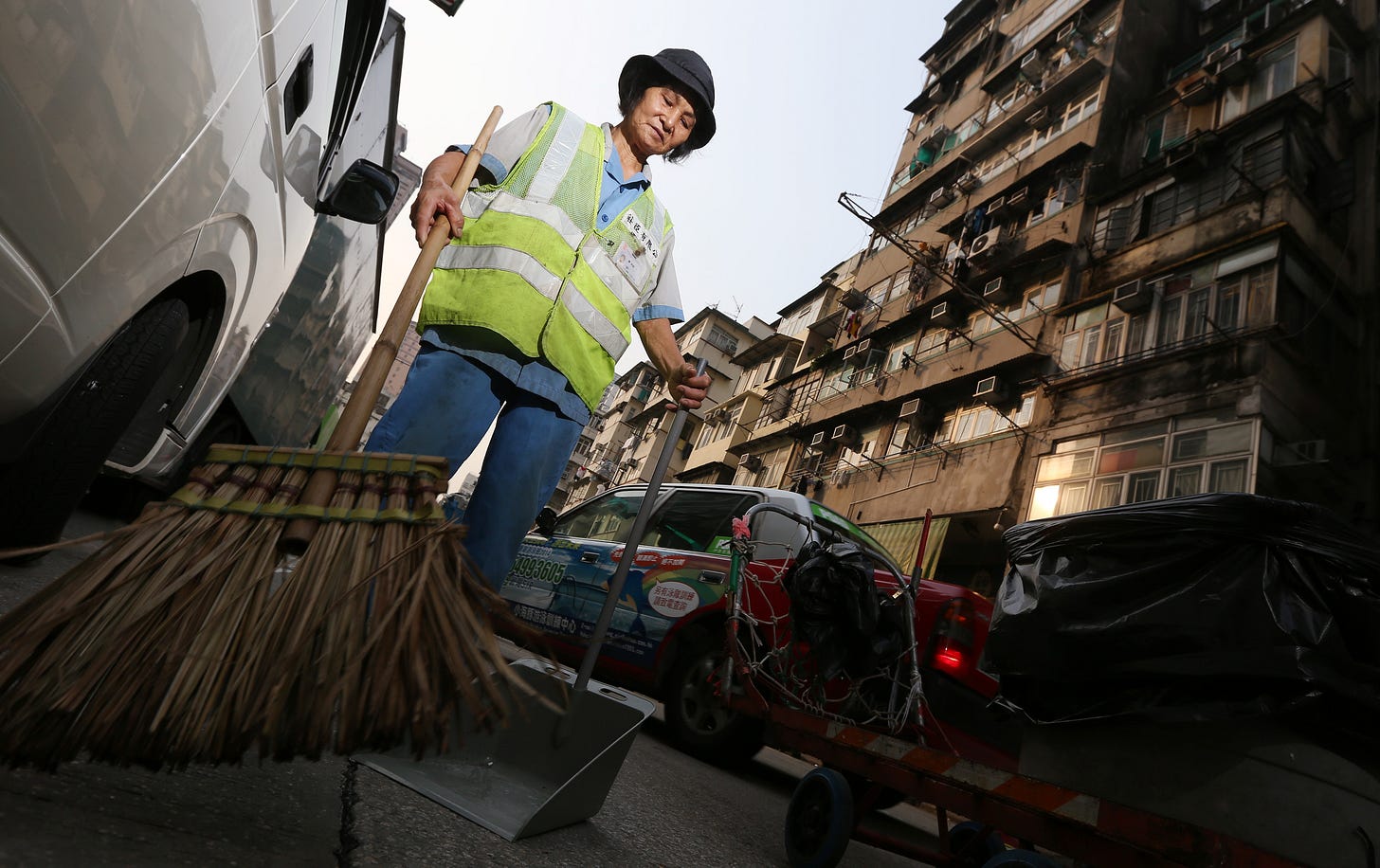
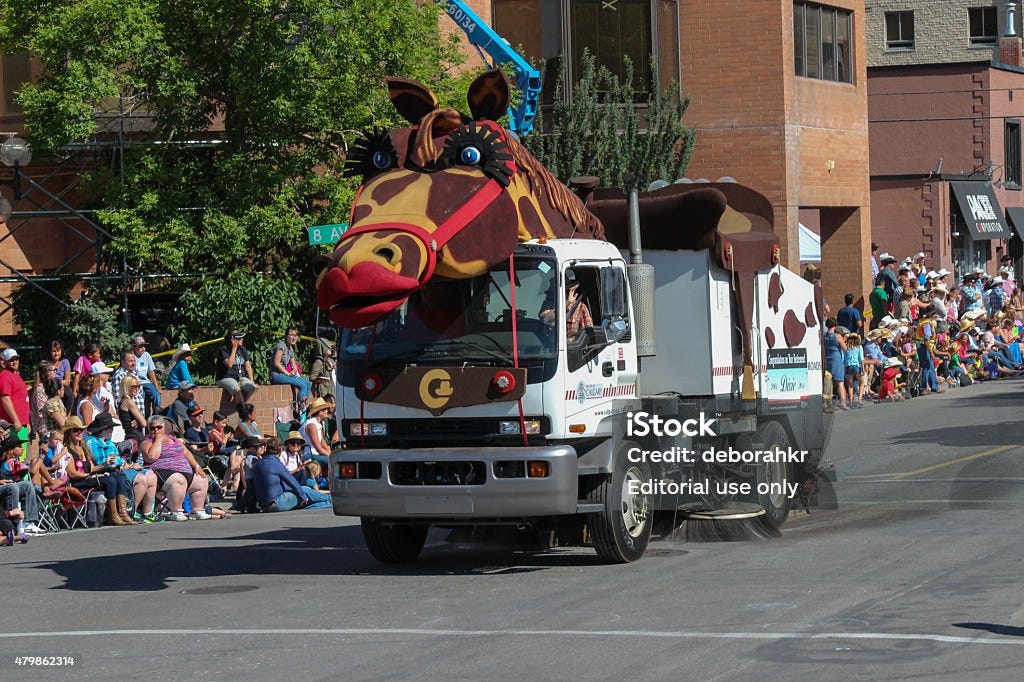


really good hyperlinks in this one
Who knew there was so much to say about clean city streets?--and that it is all so interesting! As for parking in New York City, read Calvin Trillin's *Tepper Isn't Going Out*--"going out" being NY parlance for vacating a parking space. I remember my father, a lifelong New Yorker, driving along, looking for a spot, and every so often musing to himself, "Is he going out?" (And thanks for that sign-of-the-month!)